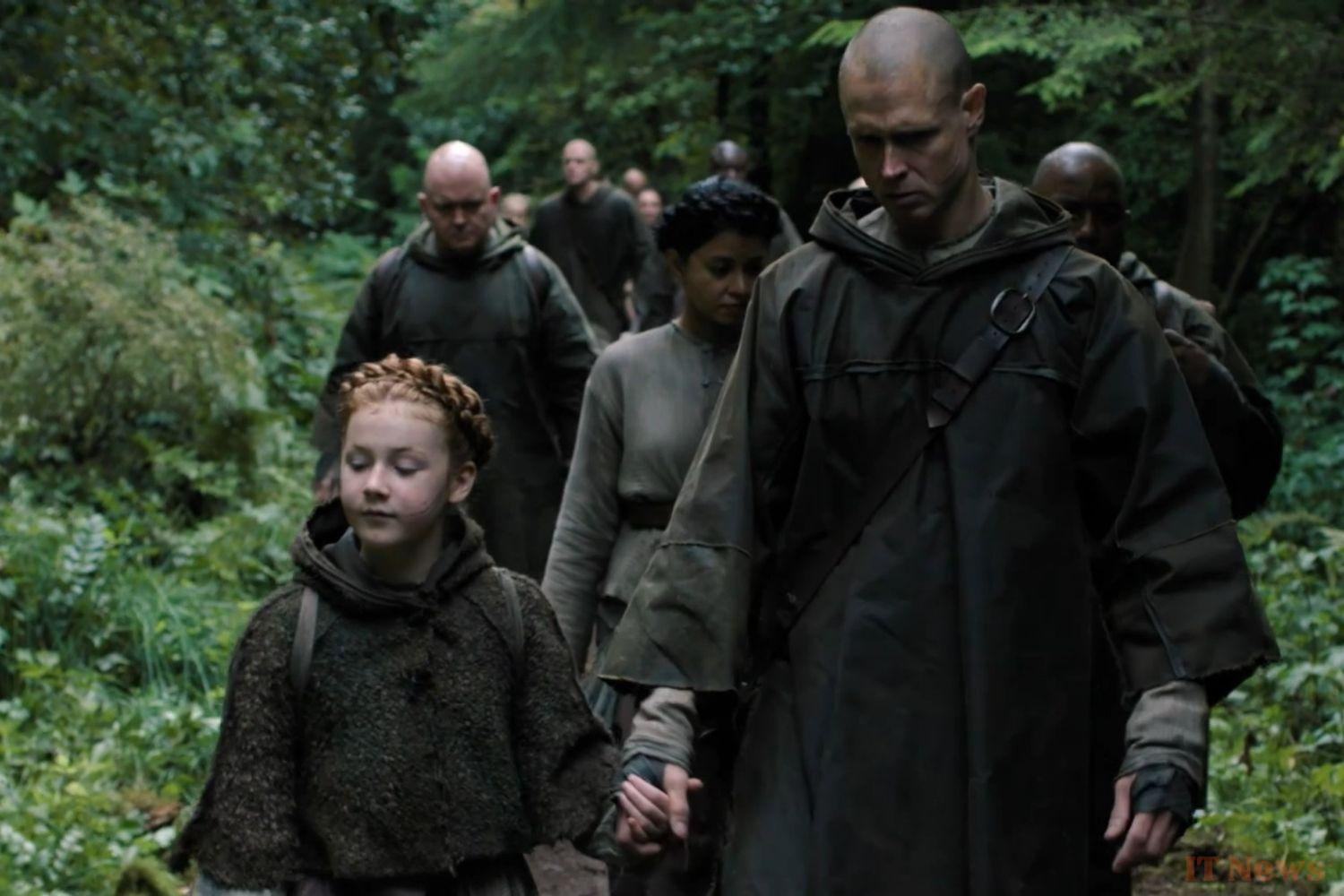The Last of Us series is currently airing on HBO and Max (its video streaming platform), introducing a whole new audience to the world of the eponymous game. Season 2 picks up on the first part of the second game's story, five years after the events of Season 1. This means new characters and new factions are introduced. In addition to the WLF, Episode 4 introduces the Scars (or Seraphites in French), although we don't really know who they are or how this group was created. So here's what you need to remember.
The Cult of the Prophetess
In The Last of Us Part II, among the prominent factions that populate the hostile and devastated universe of Seattle, the Scars occupy a very special place. While their English name was given to them by their enemies because of the characteristic scars they inflict on their faces, they refer to themselves as Seraphites, a term that evokes their spiritual inclinations.
The series reveals that the Scars settle in Seattle, an area largely occupied by the WLF. Unlike this paramilitary group, the members of the Scars are characterized by their more traditional habits, linked to hunting and mystical worship. They whistle to communicate stealthily in the woods, set ambushes, and do not hesitate to kill those who threaten their way of life.
But behind the violence, there is fear, indoctrination, and the misplaced hope for a better world. After the collapse of the world as we knew it, the Scars began to worship a woman known only as "the Prophetess." This charismatic figure preaches a return to nature, a rejection of technology and the remnants of the modern world, which they believe are responsible for the fall of humanity.
In the video game, the gameplay surrounding the Scars is also designed to reinforce this sense of uncanniness. Their fighting methods, their eerie silence broken by sudden hisses, and their use of bows and close-quarters combat create a tension different from the more frontal confrontations against the WLF soldiers.




0 Comments